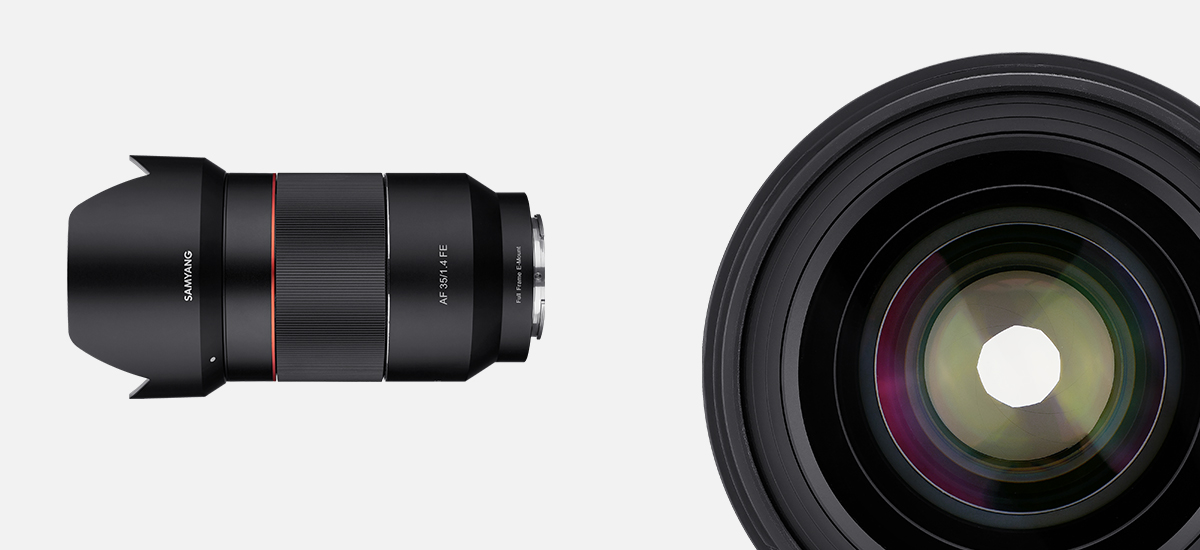
On the side of the Sony’s barrel are two controls: a focus hold button that can be used to hold the focusing position and an AF/MF switch.
Rokinon 35mm 1.4 af filter size manual#
Granted, I rarely had to use manual focus thanks to the reliability of Sony’s phase detection autofocus system, but it’s nice to know that it works well in a pinch. In manual mode, I never had any difficulty focusing precisely with either lens, especially with the aid of focus magnification. Were the size and weight my only concern, I’d definitely be more tempted to choose the Sony lens.įound on both products is a large ridged fly-by-wire focus ring that is smooth and well-damped. The smaller dimensions of the Sony lens allow it to balance better on all Sony E-mount cameras, including the more diminutive APS-C models. (It might be better on the A7R IV with its redesigned front grip.) That said, the large diameter of the barrel leaves less room for your fingers between the grip and the mount. The sleek metal housing and sturdy metal mount of both products inspire confidence, as does the fact that both are dust and moisture resistant.Īs I mentioned above, the Samyang is quite a bit larger than the Sony, but not so much that it is uncomfortable to use on A7 cameras like the A7 III pictured below. Placed side by side, the Samyang lens looks like a larger, chunkier version of the Sony. Weather-sealing: Dust and moisture resistant.Lens configuration: 9 elements in 8 groups.Lens configuration: 11 elements in 8 groups.Focal length: 85mm (85mm equivalent in 35mm terms).
Rokinon 35mm 1.4 af filter size full#
To know more about our ethics, you can visit our full disclosure page.

If you buy something after clicking the link, we will receive a small commission.

Within the article, there are affiliate links. We were not asked to write anything about these products, nor were we provided with any sort of compensation. In this comparison, our goal is to provide you with the answer!Įthics statement: We were loaned the Samyang lens for two weeks whereas the Sony lens is part of our personal lens collection. This raises the question of whether it is worth considering the Sony lens at all if you can have a faster aperture at the same price by opting for Samyang’s alternative. The main difference between them, of course, is that the Samyang Rokinon lens has a marginally faster aperture than the Sony lens – an appealing characteristic given that it is first and foremost a portrait lens.

Both cost in the region of $600 US, making them more affordable than the Zeiss Batis 85mm f/1.8 (which currently retails for around $900 US) and the expensive Sony FE 85mm f/1.4 GM. In terms of price, the Samyang Rokinon 85mm f/1.4 AF is the first 85mm lens in the FE catalogue to compete on an an equal footing with Sony’s own 85mm f/1.8 lens.


 0 kommentar(er)
0 kommentar(er)
